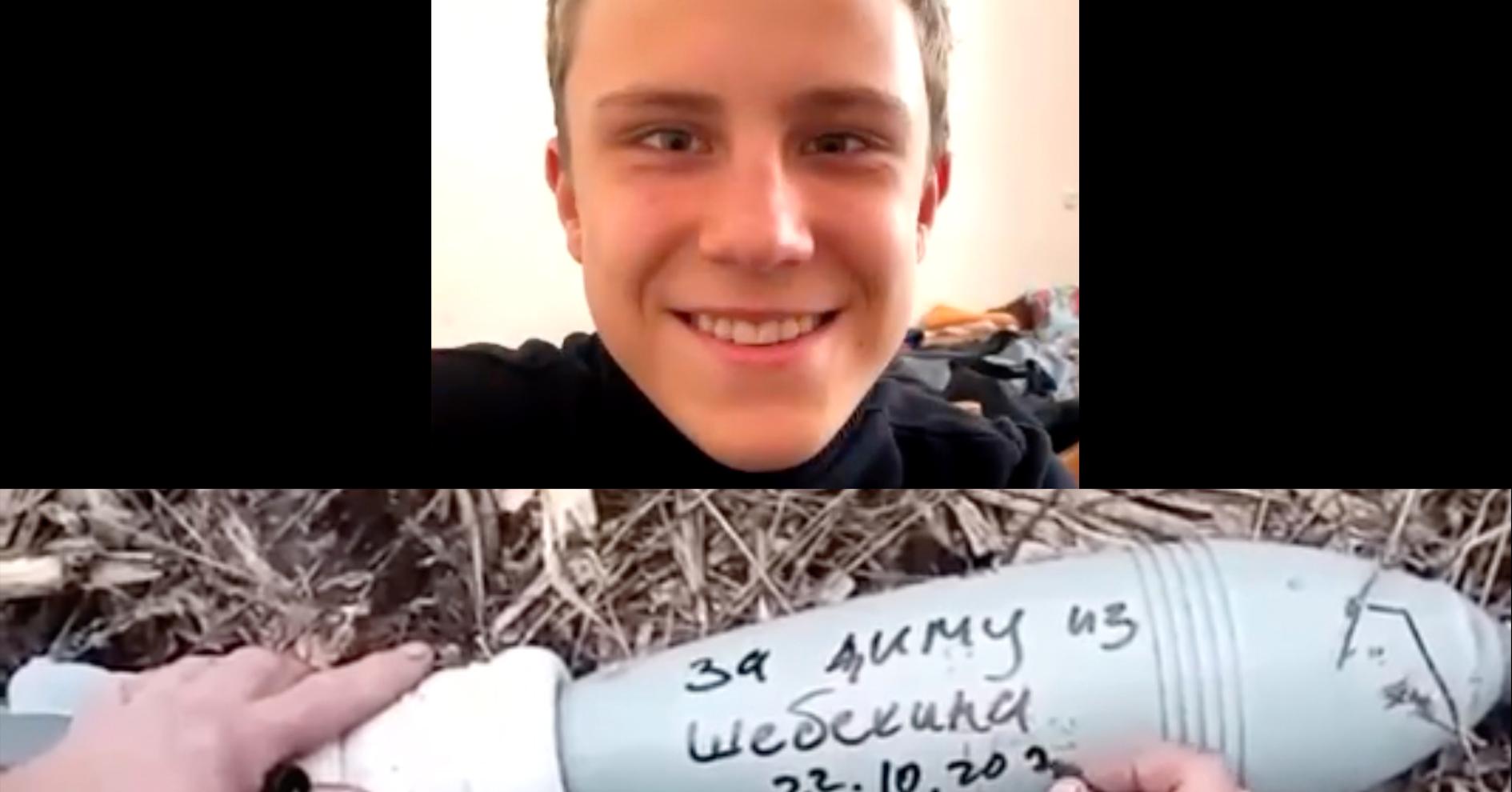The innovative PET-CT scanner makes diseased tissue visible by using a small amount of injected radioactive liquid. This means that the nature and location of the deviation can be determined even more accurately and earlier. This makes more targeted treatment possible and prevents unnecessary operations. In addition, the scan is more comfortable for patients due to a shorter scan time and the wider, well-lit tunnel.
The new scanner is used within the LUMC for the diagnosis of cancer. Not only to detect abnormalities, but also to exclude metastases, for example. Or to see if treatments are working. In addition, the PET-CT scanner is used to detect other conditions, for example to improve the treatment of patients with unexplained fever or inflammation.
The PET-CT scanner uses positron emission tomography (PET). A technique for taking pictures of processes using radioactive substances. Often chosen is 18F-FDG (fluorodeoxyglucose), a radioactive sugar that is mainly taken up by cancer and inflammatory cells. For example, the doctor can use the PET scan to detect tumors and areas with inflammation. The PET camera is combined with a CT camera, which allows the doctor to see what the organs look like.
In order to continue patient care during the renovation and installation of the PET-CT scanner, the LUMC sought cooperation with a regional partner, the Alrijne hospital in Leiden. LUMC employees, such as lab technicians, secretariat and medical staff, temporarily worked in Alrijne and scanning was possible until 10 pm in the evening. In this way, all patients could still receive their scan on time.
With the OMNI Legend, LUMC opts for a future-proof investment. For example, the device can be extended, so that a larger area can be scanned at once. This translates into even shorter times and lower costs. This flexibility is very important in a rapidly growing field such as nuclear medicine, which also falls under radiology.
2023-07-05 15:24:49
#Stateoftheart #PETCT #scanner #LUMC #LUMC

